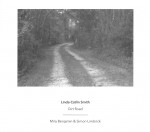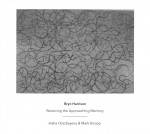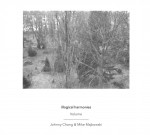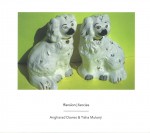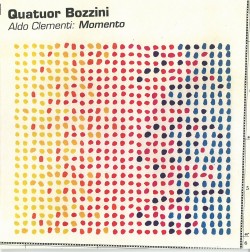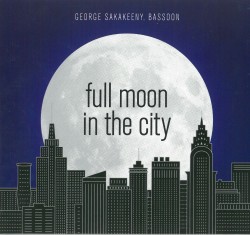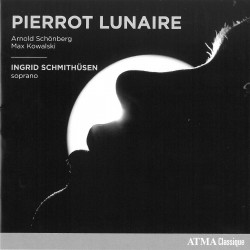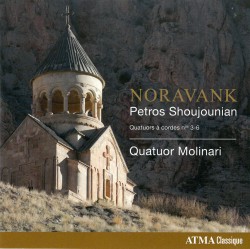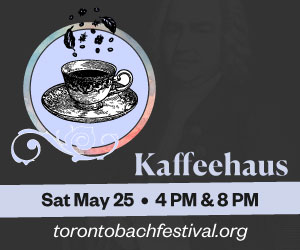Israfel: Music for flute and electronics - Paolo Bortolussi; Keith Hamel; John Oliver
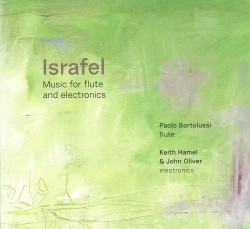 Israfel – Music for flute and electronics
Israfel – Music for flute and electronics
Paolo Bortolussi; Keith Hamel; John Oliver
Redshift Records TK443 (redshiftmusic.org)
Israfel is Canadian flutist Paolo Bartolussi’s first solo recording, and it shows. That’s not because it’s bad, however, rather it shows because Bartolussi’s enthusiasm over the freedom offered by a solo recording seems to border on giddiness. Here he has packed everything in: Israfel is simultaneously an homage to the teachers who introduced him to his passion for electroacoustic music, a catalogue of the pieces he played on the way to becoming a virtuosic electroacoustic performer and a miniature history of interactive electronic music technique.
The narrative of Bartolussi’s development as a musician presented here is certainly resonant: Bartolussi first heard Larry Lake’s Israfel while standing outside his professor’s studio before a lesson with his ear to the door. Somehow, Israfel just sounds like one of those pieces which leaves a young musician in awe of his or her teacher: the pyrotechnical virtuosity, the novelty of the tape accompaniment.
But ultimately the most compelling aspect of this disc is the way it showcases the various degrees of interactivity between a performer and electronic accompaniment. At one end of the spectrum is the aforementioned Israfel, with its unflinching pre-recorded tape accompaniment. Then there’s Kaija Saariaho’s NoaNoa, with its pedal-activated electronics. On the bleeding edge is Keith Hamel’s Krishna’s Flute; here, the computer actually listens to what the performer is doing and responds with electronic events. Throughout, it’s Bortolussi’s consummate virtuosity which allows the listener to trace the nuances of these various techniques.


